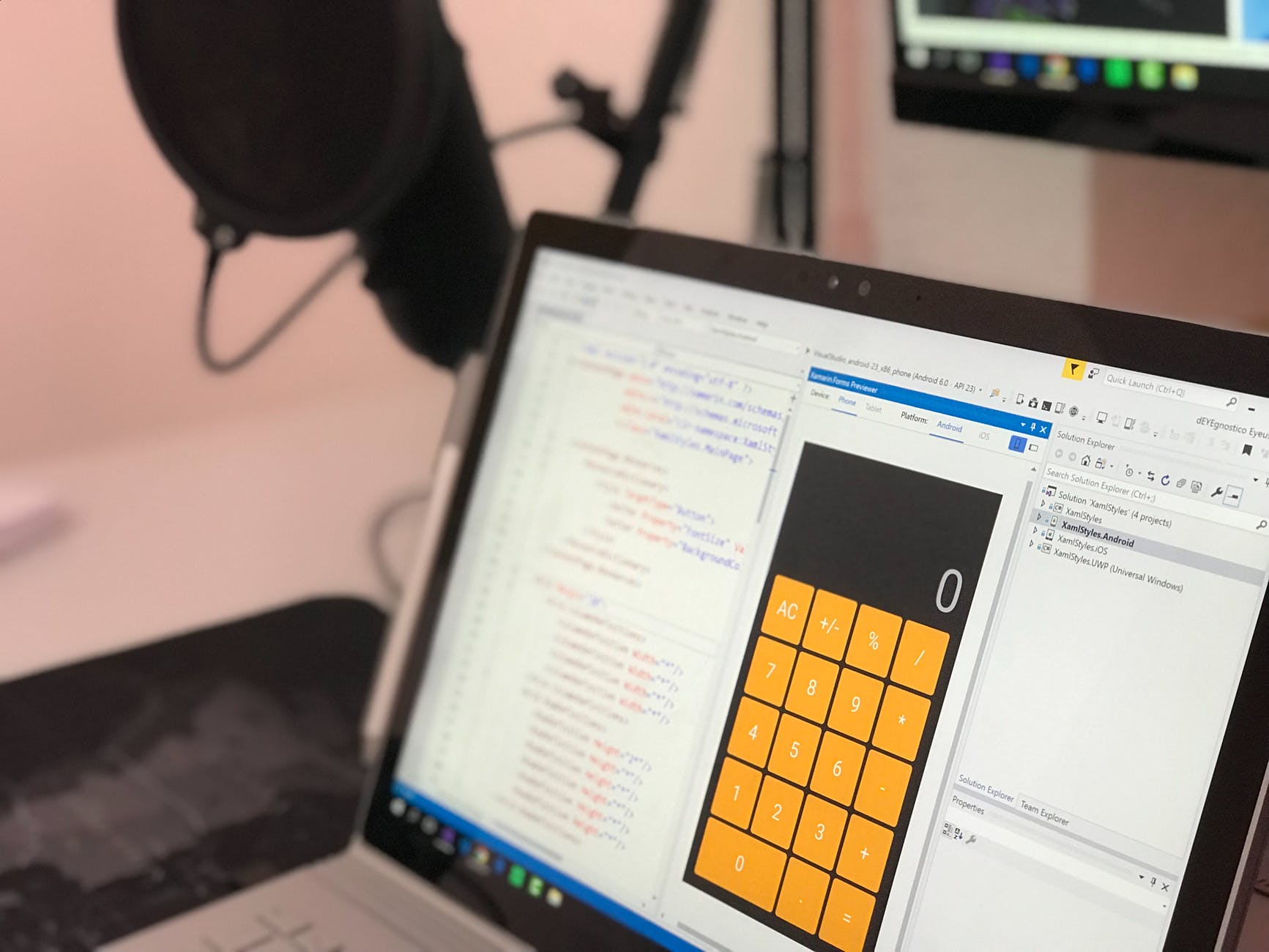
The new ETH 2.0 calculator promises users 279% earnings over ten years. According to reports, the calculator shows that with one ETH staked on Ethereum 2.0, nearly 300% in earnings could be made in ten years.
Staking is a process of keeping cryptocurrency locked in order to improve the performance of a blockchain network. With funds locked away, the network enjoys several benefits, including better security.
The newly released calculator offers users several advantages over other types of cryptocurrency calculators. Primary options are enabled on the calculator for the amount staked in ETH and fiat.
The calculator provides an indication of how much one may be able to earn by letting their tokens be locked in the network after the Ethereum upgrade. The settings of the tool can be changed in order to alter how the reward is calculated.
Ethereum 2.0 promises improvements from its previous iteration with a transition from proof-of-work to proof-of-stake consensus mechanism. This could prove to be a more ecologically friendly way of operating the blockchain network. Not only will it be more environmentally friendly, but it could also make transactions cheaper on the network.
Brooklyn-based Ethereum incubator ConsenSys provides data used by the calculator. An open source Google Sheet was used to make the calculator.
In addition to calculating yields of Eth, users are also able to execute calculations with conversions to fiat currencies. The value of Eth can be presented in the currencies such as USD, EUR, GBP, JPY, and more.
As anticipation for ETH 2.0 heats up, founder of Ethereum, Vitalik Buterin calls for resources to be put towards bridging the gap between two of the world’s of most popular cryptocurrencies, Bitcoin and Ethereum. In order to achieve this, more infrastructural developments will need to be made on the network. It remains to be seen whether the community has the capacity to make this possible at the current time.